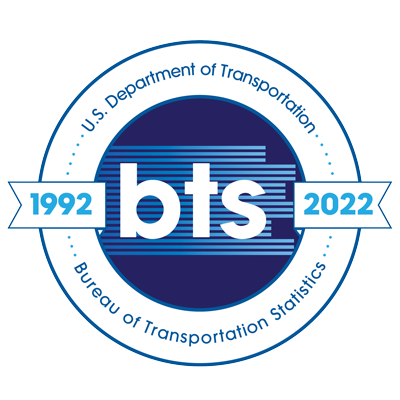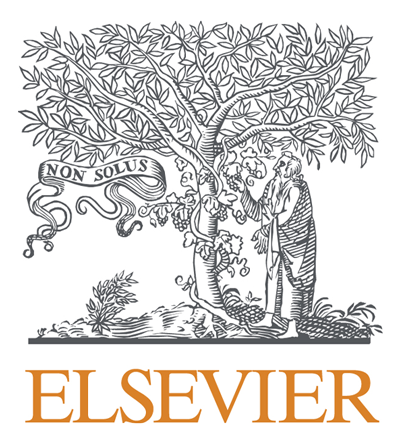Deep learning of InSAR data for deciphering millimeter-level land subsidence bowls in deltaic metropolitan areas
Topics:
Keywords: distributed scatterer InSAR, oriented R-CNN, multi-source data, subsidence detection and classification
Abstract Type: Paper Abstract
Authors:
Zherong Wu,
Peifeng Ma,
Mei-Po Kwan,
Hui Lin,
Lin Liu,
Hongsheng Li,
,
,
,
,
Abstract
The combined effects of long-term land subsidence and sea level rise due to climate change may increase regional flooding susceptibility. In this study, we developed an oriented R-CNN deep learning network to automatically decipher millimeter-level land subsidence bowls using InSAR measurements and multi-source ancillary data. 541 Sentinel-1 images acquired during 2015–2021 were used to map land subsidence of the Guangdong-Hong Kong-Macao Greater Bay Area (GBA) by resolving persistent and distributed scatterers. To facilitate the identification of local subsidence, regional subsidence associated with alluvial sediment consolidation was removed from the deformation velocity map using band-pass filtering. Multi-source data related to land subsidence including geological and lithological, land cover, topographic, and climatic data were incorporated into deep learning, and the local subsidence was classified into seven categories: sediment consolidation, reclamation settlement, construction subsidence, farmland subsidence, fishpond subsidence, landslide movement, and unclassified. The results showed that the oriented R-CNN outperformed the other three state-of-the-art methods (Rotated RetinaNet, R3Det, and ReDet). Independent effect analysis showed that incorporating all datasets significantly improved the performance of detection and classification, compared with using InSAR measurements only. The combination of InSAR measurements, and globally available land cover and digital elevation model data greatly improved the precision for subsidence detection, suggesting that our methods can be transferred to global studies. These results will improve the understanding of deltaic subsidence and facilitate geo-hazard assessment and management for sustainable environments.
Deep learning of InSAR data for deciphering millimeter-level land subsidence bowls in deltaic metropolitan areas
Category
Paper Abstract








